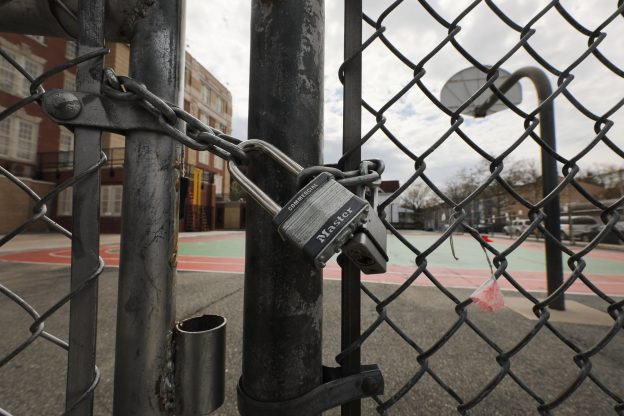The chancellor of New York City’s public schools on Thursday defended the district’s plans to partially reopen this fall due to the coronavirus, telling CNBC that “there are no perfect choices here.”
“The perfect choice would be we have a vaccine and we’re back to business, but we know that’s not the case,” Richard Carranza said on “Closing Bell.” “What we’re trying to do is pick the least onerous of a portfolio of onerous choices.”
Carranza and Mayor Bill de Blasio announced Wednesday that the district intends for the vast majority of its 1.1 million students to in-person classes only two or three days per week. Students will participate in remote instruction on the other days.
The plan still must be approved by Albany. New York Gov. Andrew Cuomo said Wednesday the state expects to reach its decision on whether its schools can reopen in the fall in early August, citing the rapidly changing dynamics of the nation’s Covid-19 outbreak.
New York City’s plans to partially send students back to school has been criticized by some who worry it jeopardizes educational development for children. They also worry about the burden it places on parents and guardians who would be confronted by additional challenges with child care and helping their kids learn while working jobs of their own.
President Donald Trump has in recent days been intensifying pressure on school districts across the U.S. to reopen in the fall, threatening to withhold federal funding from schools that do not hold in-person instruction. Trump and other administration officials argue sending students to school part-time presents a greater risk to health than the coronavirus.
“It’s not a question of open their schools versus public health. My position is the public health of the students of this nation is best served by getting schools reopened,” CDC Director Dr. Robert Redfield said Thursday on ABC’s “Good Morning America.”
Central to the debate about the fate of schools this fall is the role of children play in transmitting the coronavirus and what health risks an infection presents to them.
Redfield on Wednesday said the agency does not have evidence that children “are driving the transmission cycle of this.” But later in that same briefing, White House health advisor Dr. Deborah Birx said more data is needed to arrive at that conclusion, saying children are not tested widely enough to know for sure their role in facilitating the epidemic.
In explaining the rationale for New York City’s reopening plan, Carranza pointed to outbreaks of the virus in child care facilities in Texas as the state grapples with its intensifying epidemic. According to the Texas Tribune, kids account for about one-third of the nearly 1,700 cases linked to child care centers in the state.
Children are at a lower risk of serious illness and death from Covid-19, data shows. However, Carranza emphasized that the health of teachers and staff must also be taken into consideration. “We have adults … in schools with children, some of whom may have preexisting conditions or be taking care of someone with preexisting conditions,” he said.
Carranza said New York City’s plan of sending children to school two to three days a week is necessary to allow for social distancing inside classrooms because it creates smaller class sizes. Additionally, the nation’s largest district also will have a strict policy on face coverings for students and staff alike.
“We keep learning every day, every week about how this transmits, how it presents itself in our population,” Carranza said. “For us, as educators who love children, we are not going to put children or their adults that serve those children in a condition where they may get infected or be able to spread that virus to those that they love and care for.”

Comments are closed